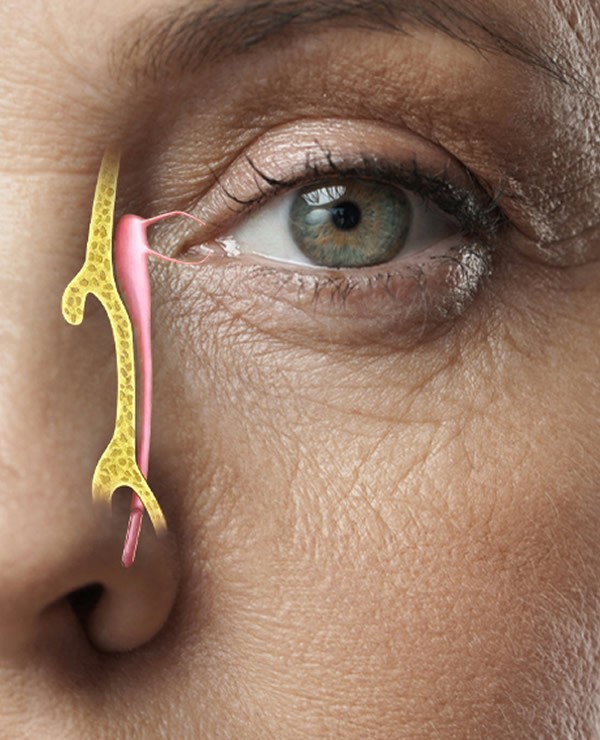Anasayfa » Lacrimal Duct Obstruction (DSR) and Its Treatment

LEGAL WARNING : All contents, articles, and images on this website are for information. Op.Dr. Hakan Yüzer cannot be held responsible due to any type of application, which is Unconsciously trying to be done without consulting a specialist.